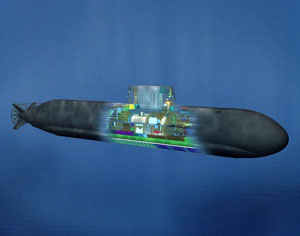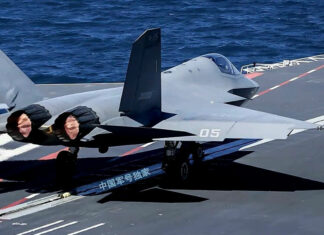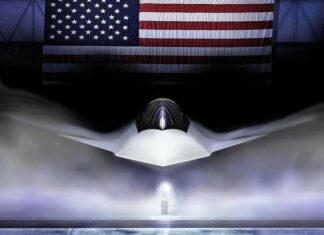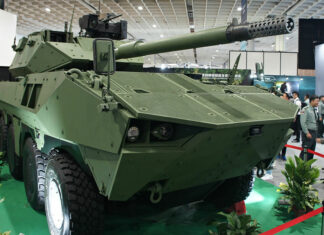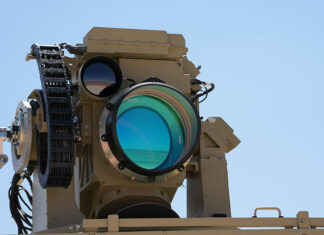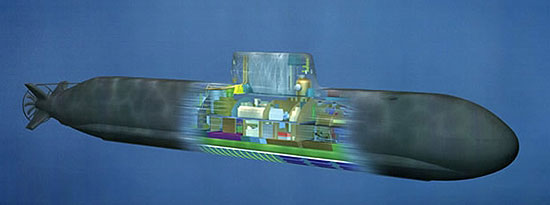
Singapore is likely to expand the missions and operational capabilities of its submarine force in the next decade, fielding large ocean going submarines with mission endurance of weeks, even months in the next decade. Sofar the island state operated much smaller subs, designed for operations in shallow waters and littorals closer to home. The Defense ministry of Singapore announced this week it has ordered two new ‘Type 218SG’ submarines from the German-based ThyssenKrupp Marine Systems (TKMS).
The 218SG is a customized design from ThyssenKrupp Marine Systems. TKMS did not provide much detail about the specification of the ‘Type 218’ submarine, hitherto an unknown designation, although the company mentioned the submarines would be fitted out with ‘air independent propulsion’ (AIP) from the baseline (unlike the Archers, that had to be cut apart to ‘plug in’ the AIP). The new submarine will be customized to address specific requirements of the Singapore Navy. Among those systems will be a comprehensive combat system provided by Atlas Elektronik GmbH, to be co-developed and adapted to the customer requirements by Singapore based ST Electronics.
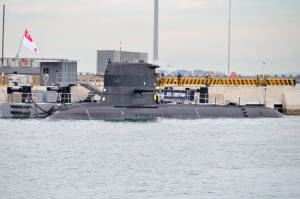
German industry experts commenting about the deal said the project would cost about one billion Euros and is expected to take six years to complete. The first submarine will be delivered to the Singapore Navy in 2020.
Singapore is already operating two Archer Class submarines modified by the Swedish Kockums shipyard to meet the requirements of the Singapore Navy. Kockums, now a subsidiary of TKMS, built both Archer and Challenger, both designed for littoral, shallow sea operations.
The two Archer class submarines were bought from Swedish navy surplus in 2009. They were thoroughly modernized, fitted with Stirling Air Independent Propulsion engine and entered service with the Singapore navy this year. The diesel-electric powered Challenger Class vessels were built in 1967-8, and entered service with the Singapore Navy in 2001. With the introduction of new models they will be progressively retired from service. Singapore planned to buy four Archer Class submarines; it is yet unclear whether Singapore will exercise this option parallel to the acquisition of the new Type-218SGs.
What is Type 218SG?
At the recent IMDEX naval expo in Singapore TKMS submarine branch Howaldtswerke-Deutsche Werft (HDW) displayed models of its newly released Type 216 ‘concept submarine’. It is likely that the Singaporean Type 218SG will be a derivative based on this new class. In the past HDW extended the capacity of former models – for example, the Type 209 grew over the years from the basic 1000 tons submerged displacement to 1500, 1700, 1900 and even 2,300 tons (submerged displacement of the Type 800 Dolphin class).
Building upon a baseline platform of 4,000 ton displacement, HDW’s Type 216 is designed to be scaled up or down, thus better matching the requirements of navies seeking large, ocean going AIP-augmented diesel-electric powered submarines – as reflected in current Australian, Canadian and Indian acquisition programs.
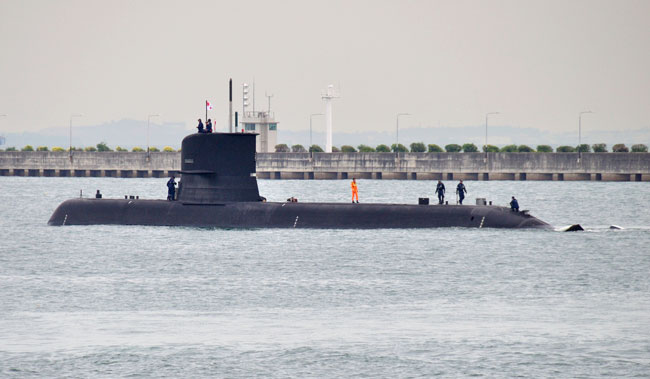
HDW’s Type 216 ‘Concept Submarine’

To learn more about the concept submarine developed by TKMS that could provide the baseline for Singapore’s future submarine, please SUBSCRIBE.

